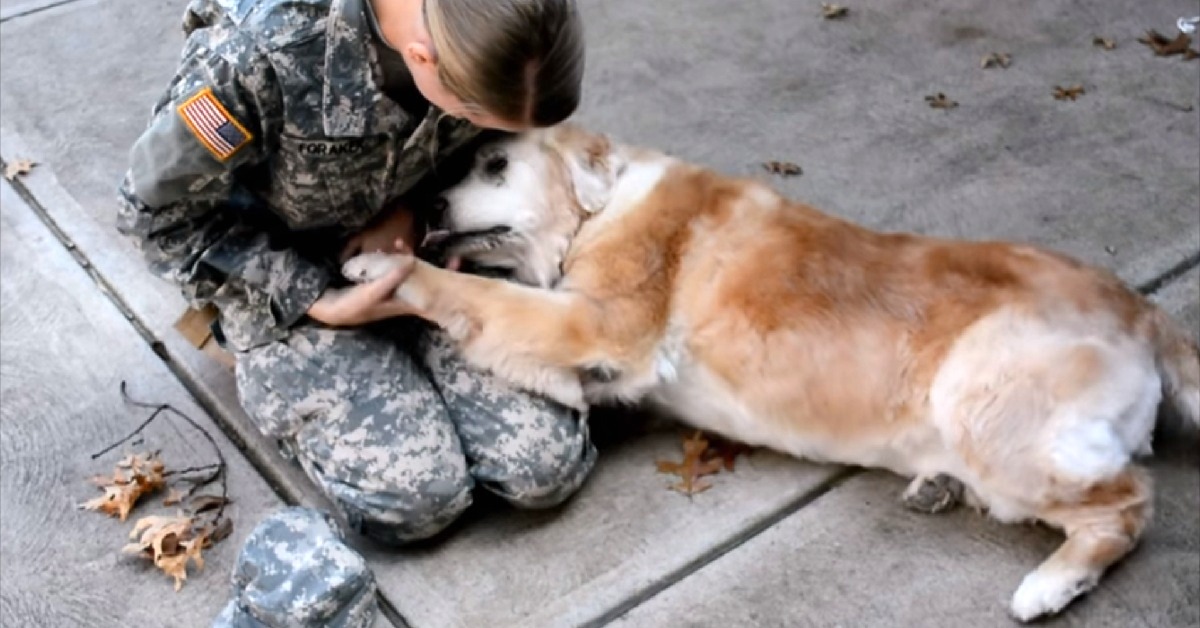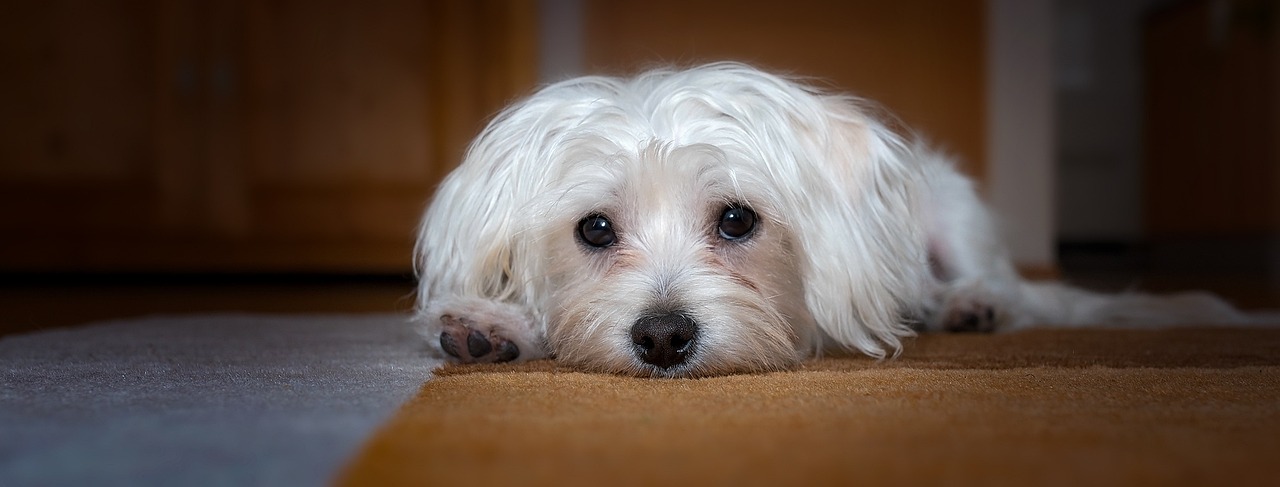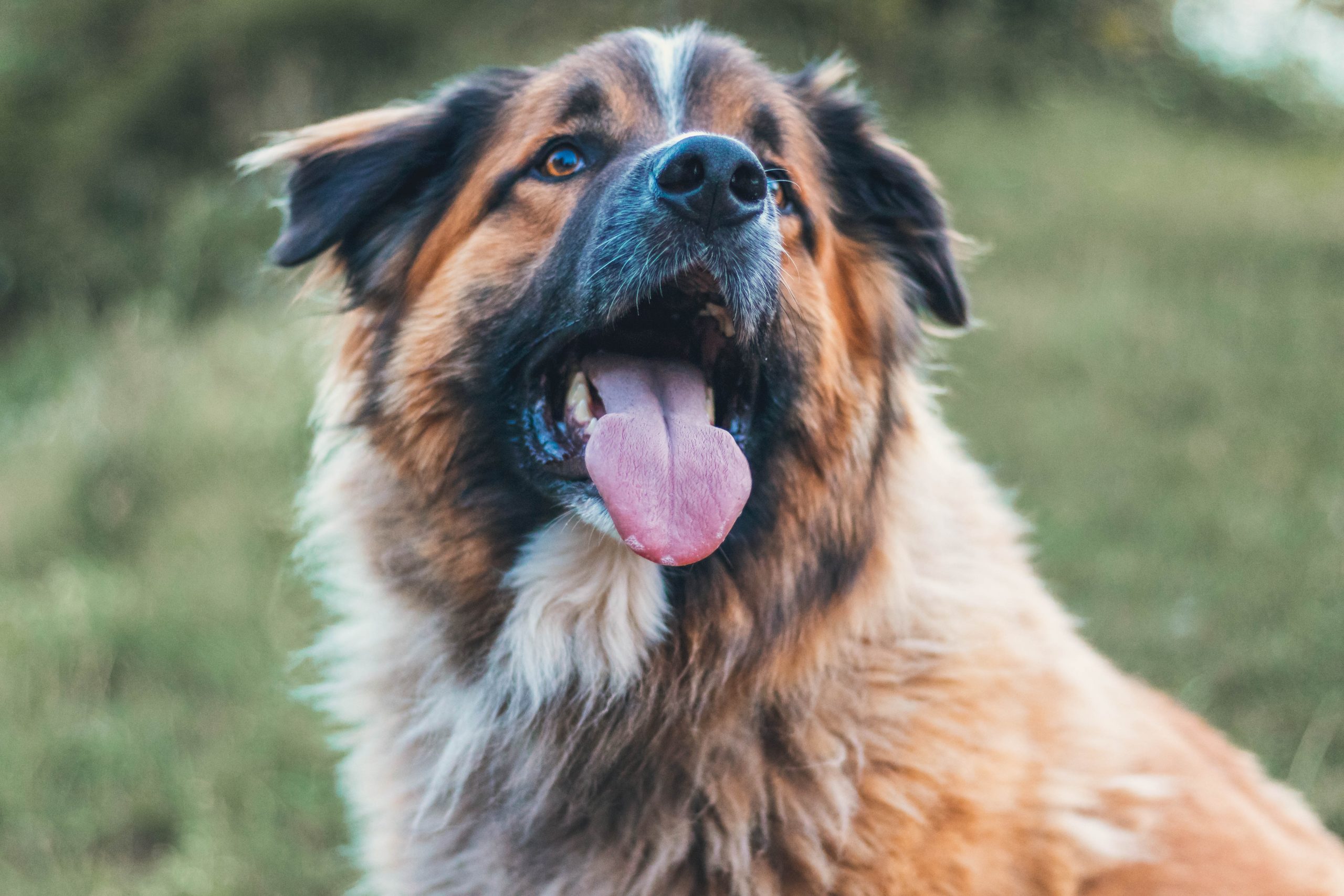Thinking about adding a furry friend to your family? Dogs aren’t just pets—they’re loyal companions who fill your days with wagging tails, goofy grins, and endless love. But like any friendship, this bond thrives on care, patience, and a little know-how.
Caring for a dog means more than just belly rubs and playtime (though those are essential too!). It’s about creating routines that keep them healthy—like nutritious meals, regular vet checkups, and daily walks. It’s about understanding their quirks, whether they’re a bouncing puppy or a wise senior. And yes, it’s about cleaning up the occasional “oops” moment with a smile.
If you’re ready to open your heart and home, consider adoption first. Thousands of dogs in shelters are waiting for a second chance to be someone’s best friend. By choosing adoption, you’re not just gaining a pet—you’re saving a life.
In this guide, we’ll walk you through the basics: from picking the right food to decoding those soulful “feed me” eyes. Whether you’re a first-time pup parent or a seasoned pro, let’s make sure your dog’s life is as joyful and vibrant as they make yours.
Method One: Meeting Your Dog’s Basic Needs

1. Pick High-Quality Dog Food
Focus on Protein First
Look for dog food where real meat (chicken, beef, fish, or lamb) is the main ingredient. These proteins provide essential nutrients for strong muscles, healthy skin, and a shiny coat. Avoid foods with vague terms like “meat by-products” or fillers like corn and soy, which offer little nutrition. For example, chicken meal (a concentrated protein source) is better than generic “poultry” listed on the label.
Life-Stage Formulas Matter
- Puppies (Under 1 Year):
Puppy food is packed with calories and nutrients for growth. Large breeds (e.g., Great Danes) need special formulas to protect their joints. Feed them large-breed puppy food until they’re 1 year old. - Adults (1–6 Years):
Switch to adult formulas with balanced protein (18–25%) to maintain energy and muscle. Active breeds (e.g., Border Collies) may need higher protein. - Seniors (7+ Years):
Senior diets are lower in calories but rich in joint-supporting nutrients like glucosamine.
Homemade Diets
If making meals at home, aim for 50% protein (cooked chicken, beef), 25% veggies (carrots, spinach), and 25% grains (brown rice). Add calcium (ground eggshells) and omega-3s (fish oil) for bone and coat health. Always consult your vet to avoid nutrient gaps.
Avoid Harmful Foods
Never Feed These:
- Chocolate, grapes, raisins, onions, garlic: These cause organ failure or poisoning.
- Xylitol (in sugar-free gum, toothpaste): Triggers deadly blood sugar drops.
- Fried or sugary snacks: Lead to obesity and pancreatitis.
Human Food Risks
Even small amounts of toxic foods can harm your dog. For example, one grape can cause kidney failure in some dogs5. Stick to dog-safe treats like apple slices or carrots.
Adjust Feeding for Size and Weight
Large vs. Small Breeds
- Large breeds: Stay on puppy food until 1 year to support slow, steady growth.
- Small breeds (e.g., Chihuahuas): Switch to adult food at 1 year.
Overweight Puppies
If your puppy gains too much weight, transition to adult food early (with vet approval). Adult formulas have fewer calories but still meet nutritional needs.
Transitioning Foods
Mix 25% new food with 75% old food over 7–10 days to avoid upsetting their stomach. Watch for diarrhea or vomiting, and adjust the transition speed if needed.
Feed on a Schedule
Puppies:
- 8–12 weeks: 4 meals/day.
- 3–6 months: 3 meals/day.
- 6+ months: 2 meals/day.
Adults:
- 2 meals/day (morning and evening) to prevent bloating and regulate digestion.
Seniors:
- 1–2 meals/day based on appetite. Older dogs may eat less due to slower metabolism.
Monitor Portions and Weight
Use a Measuring Cup
Follow the food bag’s guidelines. For example, a 30-pound dog typically needs ~1.5 cups daily. Adjust portions if your dog gains or loses weight.
Check Their Body
- Underweight: Ribs or spine visible? Increase food by 10%.
- Overweight: No waistline? Reduce portions or switch to low-calorie food.
By choosing quality ingredients, avoiding dangers, and tailoring meals to your dog’s needs, you’ll keep them thriving for years. Always partner with your vet for personalized advice—they’ll help you navigate allergies, picky eating, or health issues.
2. Feed Your Dog on a Regular Schedule
Dogs thrive on predictability. Just like humans feel better with regular meal times, your dog’s body and mind work best when they know when to expect food. A set schedule helps their digestion, keeps energy levels steady, and makes training easier.
Puppies (Under 1 Year)
Puppies are growing fast and need frequent meals to fuel their tiny bodies.
- 8–12 weeks old: Feed 4 small meals a day (e.g., 7 AM, 11 AM, 3 PM, 7 PM). Their stomachs are small, so they can’t hold much food at once.
- 3–6 months old: Reduce to 3 meals a day. Space meals evenly (e.g., 7 AM, 12 PM, 5 PM).
- 6–12 months old: Transition to 2 meals a day (morning and evening).
Housebreaking tip: Puppies usually need to pee/poop 15–30 minutes after eating. Use meal times to plan potty breaks!
Adult Dogs (1–7 Years)
Most adult dogs do best with two meals a day—one in the morning and one in the evening.
- Example schedule: 7 AM and 6 PM.
- Active breeds (like Border Collies) may need slightly larger portions, while couch potatoes (like Bulldogs) need smaller servings to avoid weight gain.
Why two meals?
- Prevents bloating (common in large breeds).
- Helps you spot changes in appetite (a sign of illness).
- Reduces begging—they learn food comes at set times.
Senior Dogs (7+ Years)
Older dogs often slow down and may prefer 1–2 smaller meals a day.
- Less active seniors: One meal may be enough.
- Dogs with health issues (e.g., arthritis, diabetes): Split food into 3–4 small meals to ease digestion and keep energy stable.
Watch their weight: Senior dogs gain weight easily. Ask your vet about switching to low-calorie senior food.
3. Monitor Your Dog’s Eating Habits
Measure meals to avoid overfeeding. Offer food for 10–15 minutes, then remove the bowl. This teaches your dog to eat when food is available.
Check their weight:
- Healthy: Ribs feel like the back of your hand under a thin layer.
- Underweight: Visible ribs? Increase food slightly.
- Overweight: Can’t feel ribs? Reduce portions.
Avoid free feeding—it leads to obesity or picky eating.
Adjust for age:
- Puppies: Switch to adult food early if gaining too fast (ask your vet).
- Seniors (7+): Use low-calorie senior diets.
Always provide fresh water. Refill bowls daily and watch for dehydration signs (dry gums, lethargy).
Consistency helps spot health issues early. Consult your vet if appetite changes!
4. Keep Your Dog Hydrated
Always keep fresh water available. Dogs need to drink whenever they’re thirsty, just like humans. Refill their bowl at least twice a day, and wash it with soap to keep it clean.
How much water?
A good rule is 1 ounce of water per pound of body weight daily. For example, a 20-pound dog needs about 2.5 cups. Active dogs or hot days? Add 50% more.
Make water appealing:
- Add ice cubes on hot days—many dogs love the cool crunch.
- Use stainless steel or ceramic bowls (plastic traps germs).
- Try a dog water fountain if your pup prefers running water.
Avoid dehydration signs:
- Dry gums, sunken eyes, or sluggishness.
- Test skin elasticity: Gently pinch their neck fur. If it doesn’t snap back quickly, they need water.
Hot weather hacks:
- Freeze low-sodium broth into ice cubes.
- Offer watermelon (seedless!) or cucumber slices—they’re hydrating snacks.
No stagnant water! Replace water after walks or playtime. Avoid letting them drink from puddles or toilets—germs and chemicals lurk there.
By keeping water fresh and fun, you’ll help your dog stay happy and healthy.
Method Two: Keeping Your Dog Healthy

1. Groom Your Dog for Health and Happiness
Brushing: Short-haired breeds (like Labradors) need weekly brushing with a rubber-bristle brush to remove loose fur and spread natural oils. Long-haired dogs (like Shih Tzus) require daily brushing to prevent painful mats. Use a slicker brush followed by a steel comb for silky coats.
Bathing Tips: Bathe your dog every 3–4 months unless they get dirty or smelly sooner. Use lukewarm water and dog-specific shampoo. Avoid human products—they dry out their skin. For puppies, toss a floating toy in the tub to keep them calm.
Check for Fleas & Ticks: During grooming, run a fine-toothed flea comb through their fur, focusing on ears, paws, and underbelly. If you find pests, ask your vet about prevention medications like topical treatments or chewables.
Nail Care: Trim nails every 4–6 weeks to avoid overgrowth. Use clippers with a safety guard or a grinder if your dog hates the noise. If nails click on the floor, it’s time for a trim.
Summer Grooming: Some breeds (like Huskies) should never be shaved—their double coat protects against sunburn. Instead, trim long fur around paws and ears for comfort. Breeds with single coats (e.g., Poodles) can get summer haircuts every 6–8 weeks.
Why It Matters
Regular grooming stops skin infections, spots lumps early, and keeps your dog cool and comfy. Plus, it’s bonding time—your pup will love the attention!
Pro tip: Pair grooming with treats and praise to make it a positive experience.
2. Bathe Your Dog Every Few Weeks
How often? Most dogs need a bath every 3–4 weeks, but adjust based on their lifestyle. Active pups who love mud or swimming may need weekly baths, while couch potatoes can wait longer. Use lukewarm water and gentle dog shampoo—human products can dry their skin.
After bath fun: Let your dog shake off and zoom around outside to dry naturally. Bath time is also a chance to check for cuts, lumps, or fleas. For breeds with thick coats (like Huskies), brush thoroughly to prevent mats.
3. Routine Veterinary Care
Annual checkups are a must. Vets examine your dog’s heart, teeth, and weight, and run tests for parasites or hidden issues.
Vaccines:
- Puppies: Start vaccines at 6 weeks (distemper, parvovirus, rabies). Boosters every 3–4 weeks until 16 weeks.
- Adults: Rabies every 1–3 years (based on local laws); distemper/parvovirus boosters every 3 years.
Preventative meds:
- Heartworm pills: Monthly, year-round.
- Flea/tick treatments: Monthly (topical or oral).
- Deworming: Every 3–6 months.
4. Spay or Neuter Your Dog
Health benefits:
- Females: Reduces breast cancer risk by 90% if done before first heat (around 6 months). Prevents uterine infections.
- Males: Prevents testicular cancer and reduces aggression/marking.
Timing: Most dogs are spayed/neutered at 6 months, but large breeds (e.g., Great Danes) may wait until 12–18 months to protect joint health. Discuss options with your vet.
5. Monitor Your Dog’s Health Daily
Track habits:
- Appetite: Sudden changes could mean illness.
- Energy levels: Lethargy or hyperactivity may signal pain or anxiety.
- Potty habits: Diarrhea, constipation, or blood in stool need vet attention.
Weekly checks:
- Teeth: Brush weekly to prevent plaque. Red gums = dental disease.
- Ears: Smell for yeast; wipe gently with a damp cloth.
- Eyes: Clear and bright, no discharge.
- Skin: Feel for lumps; check paws for cuts.
Weight management:
- Healthy weight: Ribs should feel like the back of your hand under a thin fat layer.
- Overweight? Switch to low-calorie food and increase exercise.
Senior dogs (7+ years):
- Check for arthritis (limping, reluctance to jump).
- Switch to senior food with joint support.
By combining regular baths, vet visits, and daily attention, you’ll catch problems early and keep your dog thriving. Always ask your vet for personalized advice—they’re your partner in your dog’s health journey!
Method Three: Training Your Dog

1. Housetrain Your Dog: A Step-by-Step Guide
Start with a routine. Dogs thrive on consistency. Take your puppy or adult dog outside first thing in the morning, after meals, after playtime, and right before bed. Puppies need more frequent breaks—take them out every 1–2 hours (e.g., a 3-month-old pup can hold their bladder for ~3 hours).
Limit their space. Use baby gates to keep your dog in one room until they’re trained. This lets you watch for signs they need to go, like sniffing, circling, or whining.
Use a leash indoors and outdoors.
- Indoors: Keep your dog leashed to your side so you can catch accidents before they happen.
- Outdoors: Walk them to the same spot every time. Say a cue word like “go potty” as they eliminate. Praise and reward them immediately after they finish.
If accidents happen:
- Interrupt gently. Say “oops!” (not “no”) and quickly take them outside.
- Clean thoroughly. Use an enzyme cleaner (not vinegar or bleach) to remove odors that might attract them back.
Never punish. Scolding or rubbing their nose in accidents only creates fear. Instead, focus on rewarding good behavior.
For puppies:
- Follow the “1 hour per month” rule. A 2-month-old puppy needs a bathroom break every 2 hours.
- After naps, playtime, or drinking water, go outside right away.
For adult dogs:
- Stick to a strict schedule. Even older dogs need structure.
- If they’re struggling, rule out health issues (e.g., UTIs) with a vet.
Pro tip: Pair potty breaks with a special treat (like chicken bits) to motivate them. Over time, they’ll link going outside with positive rewards!
Patience is key. Housetraining takes weeks to months. Celebrate small wins, and soon your dog will prefer doing their business outdoors.
2. Crate Train Your Dog
Why crate training works: Dogs are den animals by nature. A crate becomes their cozy, secure spot—like a bedroom just for them. It helps prevent accidents when you’re away and eases anxiety during storms or loud events.
Step 1: Make the Crate Inviting
- Choose the right crate: Pick one big enough for your dog to stand, turn, and lie down. For puppies, use a divider to adjust space as they grow.
- Add comfort: Place a soft blanket and a favorite toy inside. Toss in treats or a peanut butter-filled Kong to create positive associations.
Step 2: Start Slow
- Introduce the crate: Let your dog explore it with the door open. Praise and reward them for going in.
- Feed meals nearby: Move the bowl closer to the crate each day until they’re eating inside.
Step 3: Build Up Time Gradually
- Begin with short sessions: Close the door for 5–10 minutes while you’re home. Sit nearby to reassure them.
- Increase time slowly: Work up to 30–60 minutes. Puppies under 6 months shouldn’t stay crated longer than 2–4 hours (e.g., a 3-month-old pup: 4 hours max).
Step 4: Create a Routine
- Take them outside immediately after crate time. Puppies often need to pee right after waking up. Praise them wildly when they go!
- Use a cue word: Say “crate” or “bed” when guiding them in. Reward with a treat.
Avoid Common Mistakes
- Never use the crate for punishment. It should feel like a safe retreat, not a jail.
- Don’t rush: If your dog whines, wait for a quiet moment before letting them out.
- Skip long goodbyes: Keep departures and arrivals calm to reduce separation anxiety.
3. Teach Your Dog to Play Nicely
Why gentle play matters: Rough play can scare people or other pets. Teaching bite control and soft paws keeps everyone safe.
Steps to gentle play:
- Use a “gentle” cue. When playing, say “gentle” if they nip too hard. If they soften their mouth, praise and reward. If not, say “ouch!” and stop play for 10 seconds.
- Redirect to toys. Keep chew toys handy. If your dog mouths your hand, swap it for a rope toy and praise them for biting the right thing.
- Manage play sessions. For puppies, limit play to 5–10 minutes. Watch for signs they’re getting too excited (raised hackles, stiff tail) and take a break.
- Socialize safely. Let your dog play with calm, vaccinated dogs. Interrupt if play gets rough—call your dog away and reward them for coming.
Example: If your Lab puppy jumps and nips during fetch, say “gentle,” then toss the ball only when they sit calmly.
4. Teach Your Dog Not to Bark Too Much
Identify the cause:
- Alert barking: At mail carriers or squirrels.
- Boredom barking: Left alone too long.
- Attention-seeking: Barking for treats or play.
Solutions:
- Block triggers. Close curtains if they bark at passersby. Use white noise to drown out outdoor sounds.
- Train “quiet.” Wait for a pause in barking, say “quiet,” then reward with a treat. Practice daily.
- Increase exercise. A tired dog barks less. For high-energy breeds, try 45-minute walks or flirt pole games.
- Ignore demand barking. If they bark for food, wait until they’re silent for 5 seconds before feeding.
Never yell. It’s confusing—they think you’re joining in. Instead, stay calm and redirect.
For compulsive barkers: Consult a vet or behaviorist. Underlying anxiety or medical issues might need treatment.
5. Teach Your Dog Basic Commands and Tricks
Start with lifesavers:
- “Sit”: Hold a treat near their nose, lift it slowly. When their bottom touches the floor, say “sit,” then reward.
- “Stay”: Ask them to sit, hold your palm out, and step back. Return and reward if they stay. Gradually increase distance.
- “Come”: On a leash, say “come” while gently pulling them toward you. Reward with chicken or cheese.
Fun tricks for bonding:
- “Roll over”: Lure them onto their back with a treat. Reward small steps (lying down, then rolling).
- “Paw”: Tap their paw, say “paw,” and reward. Repeat until they offer it on cue.
Training tips:
- Keep sessions short: 5–10 minutes, 2–3 times daily.
- Use high-value treats: Bits of hot dog or cheese work best.
- End on a success: If they struggle, ask for an easy command (like “sit”) to finish positively.
Example: Teaching “leave it” prevents them from grabbing harmful items. Hold a treat in your closed hand. Say “leave it” and wait until they stop sniffing. Reward with a different treat.
Preparing Before You Get a Dog

1. Dog-Proof Your House
Start with a safety sweep. Get down to your dog’s eye level to spot hidden dangers. Small items like coins, hair ties, or loose batteries can choke them. Secure electrical cords with chew-proof tubing and lock away cleaners, pesticides, and medications in high cabinets.
Toxic hazards to remove:
- Foods: Chocolate, grapes, onions, garlic, and sugar-free gum (contains xylitol). Even a small amount can poison your dog.
- Plants: Lilies, sago palms, and azaleas are deadly. Use the ASPCA’s plant list to check safety.
- Yard chemicals: Fertilizers, antifreeze, and rat poison. Store these in locked sheds.
Secure trash cans with lids to prevent scavenging. Dogs love digging through garbage, but moldy food or bones can make them sick.
2. Give Your Dog a Designated Area
Choose their spaces wisely. Before bringing your dog home, decide where they’ll eat, sleep, and play. Use baby gates to limit access to one room (like the kitchen) at first. This helps you supervise while they adjust.
Feeding zone: Place food and water bowls in a quiet corner. Stainless steel bowls are easy to clean and won’t harbor bacteria. Avoid high-traffic areas to reduce stress during meals.
Sleeping spot: Pick a crate or dog bed sized for their adult weight. For example, a Golden Retriever puppy needs a large crate with a divider. If you let them sleep in your bed, know it’s hard to reverse later.
Play area: Active breeds (like Border Collies) need open space for fetch. In apartments, use a foldable playpen with chew toys. Rotate toys weekly to prevent boredom.
3. Purchase Essential Supplies
Must-have items:
- Collar & leash: Nylon collars with ID tags for puppies; harnesses for pullers.
- Food: Stick to their current diet for 1–2 weeks to avoid stomach issues. Transition slowly by mixing old and new food over 7–10 days.
- Crate: Big enough for them to stand and turn. Add a soft mat and blanket.
- Toys: Rubber chew toys (like KONGs) for teething. Avoid stuffed toys if your dog shreds.
Grooming & health:
- Brush (slicker for long hair, rubber mitt for short).
- Nail clippers with a safety guard.
- Enzyme cleaner for accidents.
Training aids:
- Treat pouch for rewards.
- Puppy pads for apartment dwellers.
Pro tip: Set up a “dog station” near the door with leashes, poop bags, and towels for muddy paws.
By dog-proofing your home, creating clear zones, and having the right supplies, you’ll set your new friend up for a safe, happy life. Always double-check labels and consult your vet when unsure—better safe than sorry!
Bringing a dog into your home is a joyful commitment that starts with thoughtful preparation. By dog-proofing your space, setting up designated areas for eating and sleeping, and gathering essential supplies, you create a safe and welcoming environment for your new companion. These steps not only prevent accidents and health risks but also help your dog feel secure as they adjust to their new surroundings. Remember, the effort you put into planning ahead lays the groundwork for a trusting and loving relationship. With patience and consistency, you’ll build a bond that enriches both your lives for years to come.
FAQS.
How often should I feed my dog?
Puppies need 3–4 meals daily, adults 2 meals, and seniors 1–2 meals. Stick to a consistent schedule to help digestion and prevent obesity. Transition foods gradually to avoid stomach issues.
How much exercise does a dog need?
Most dogs need 30 to 120 minutes of exercise each day. High-energy breeds may require 2 or more hours. Adjust activity for your dog’s age—puppies need shorter sessions, seniors need gentle walks.
How often should dogs visit the vet?
Puppies should visit the vet every 3–4 weeks until 16 weeks old. Adults need yearly checkups. Senior dogs should see the vet every six months or as recommended.
How much water should a dog drink daily?
Dogs need about 1 ounce of water per pound of body weight each day. For example, a 20-pound dog needs about 2.5 cups. Increase water in hot weather or after exercise.
How often should I groom my dog?
Short-haired breeds should be groomed every 4–6 weeks. Long-haired breeds may need grooming every 4–8 weeks. Brush your dog weekly to prevent mats and check for fleas.
What’s the best diet for dogs?
Choose high-quality dog food with real meat as the first ingredient. Avoid giving your dog chocolate, grapes, onions, or foods with xylitol. Adjust portions to keep your dog at a healthy weight.
How to housetrain a puppy?
Take your puppy outside every 1–2 hours, after meals, and after play. Use a cue like “go potty” and reward them when they succeed. Clean accidents thoroughly to prevent repeat mistakes.
Why is crate training beneficial?
Crate training gives your dog a safe space and helps with housetraining. Introduce the crate slowly using treats and toys. Limit crate time to 4 hours for adults and 2 hours for puppies.



















 English (US) ·
English (US) ·